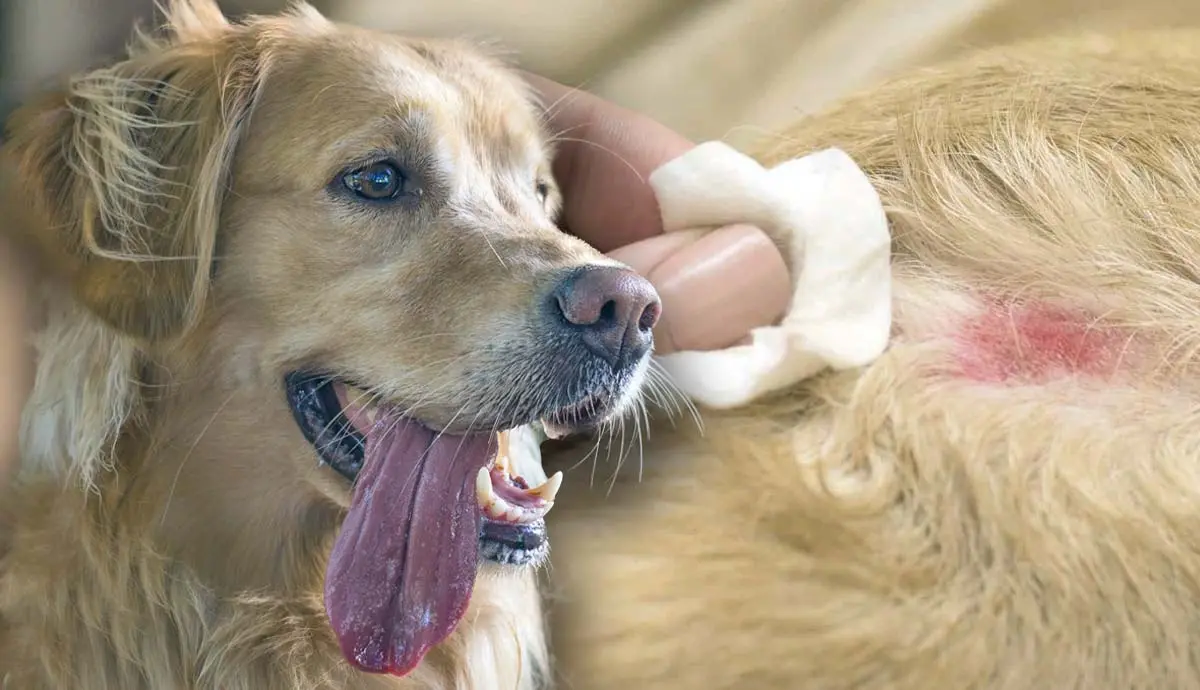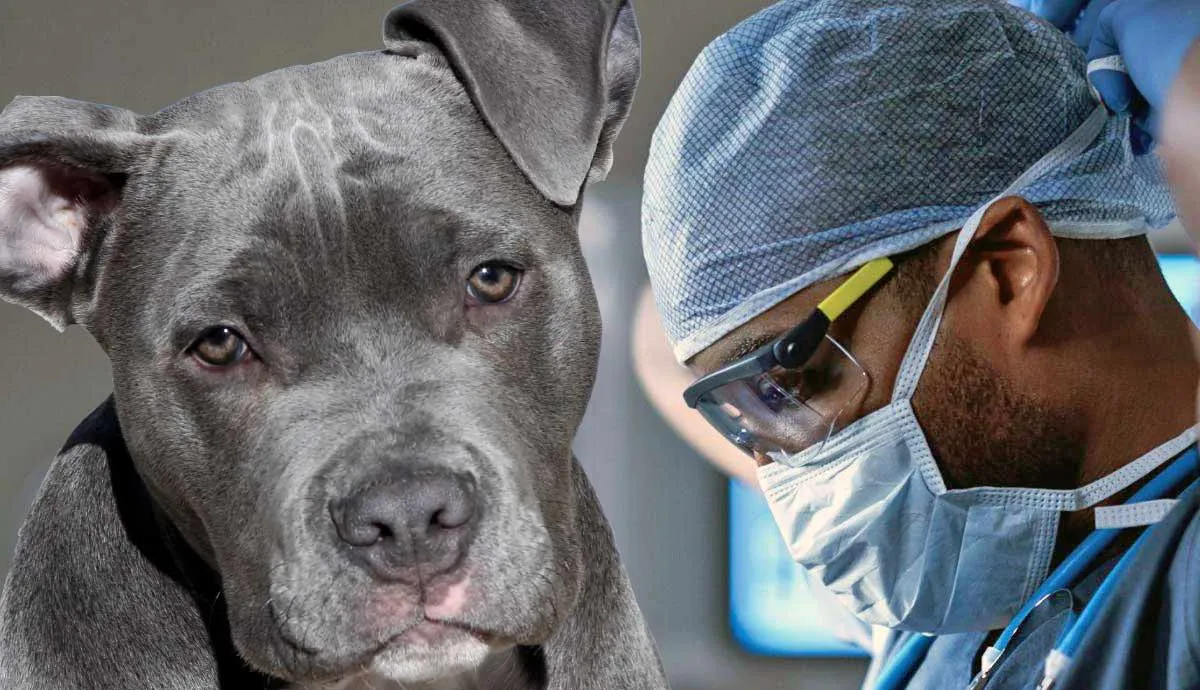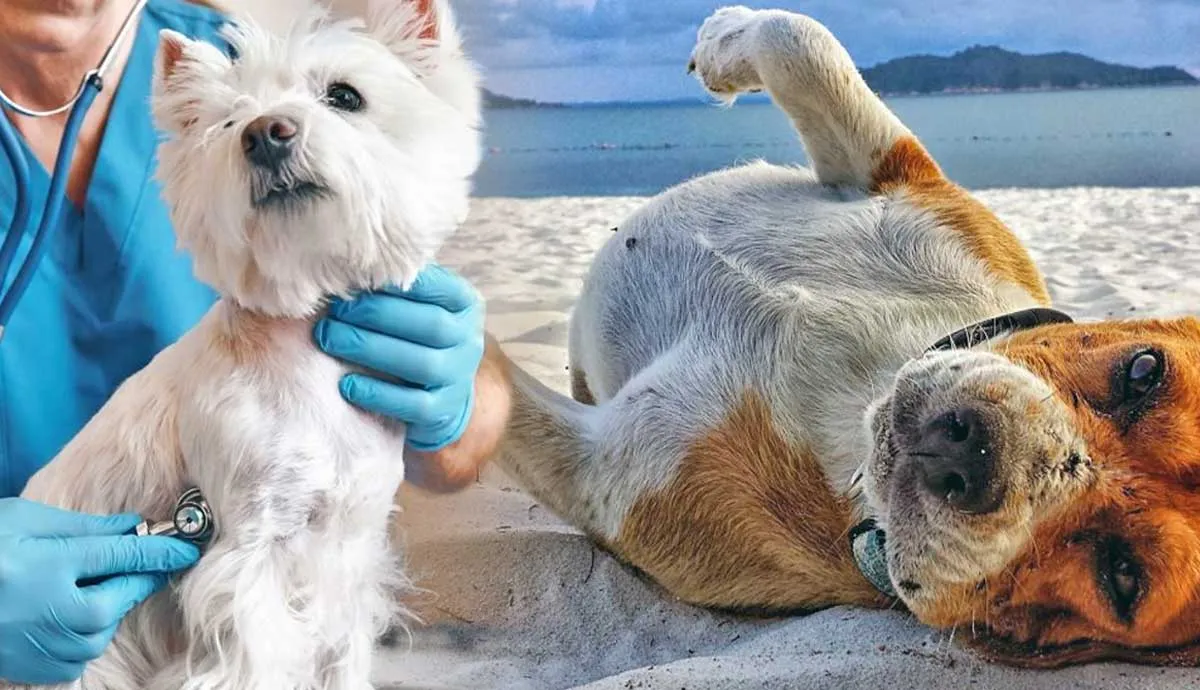When caught early, many cancers in dogs are treatable; this is why it is important to learn the signs to look for and when to see your veterinarian. Remember, some several diseases and illnesses will have similar signs and symptoms so do not panic until you have consulted your veterinarian and a definitive diagnosis has been made.
Lumps and Bumps
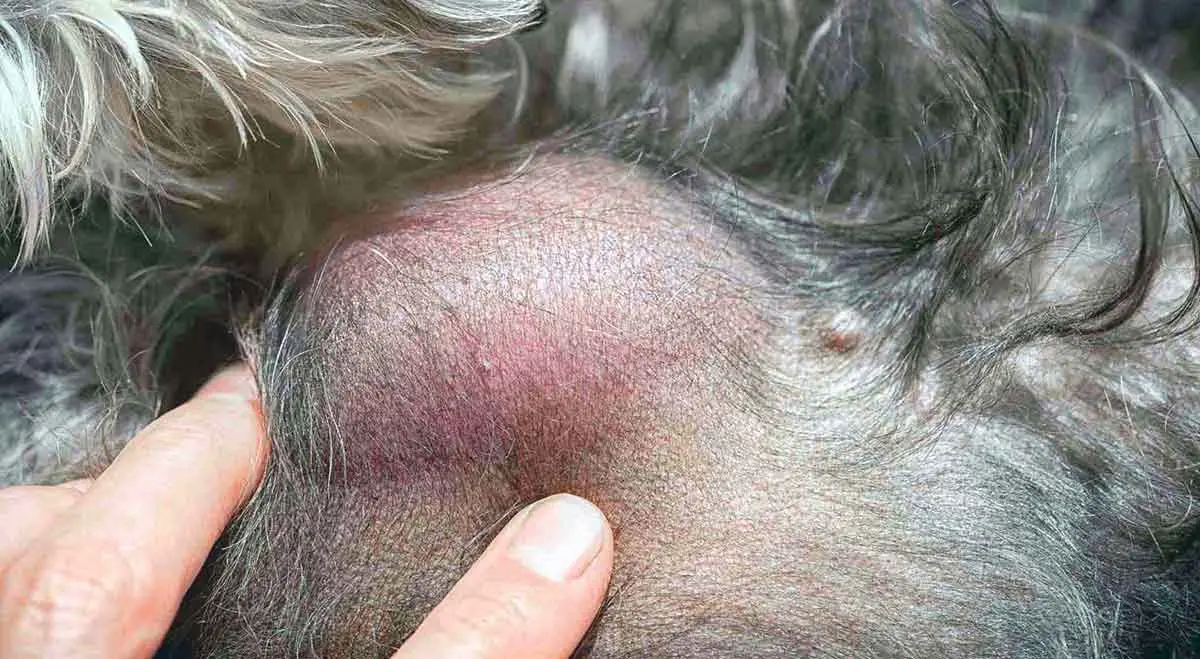
Several different cancers present as a lump on your dog’s body. This can be a bump on their tail or a lump on their side or even a lump in their mammary gland. Mammary gland tumors are more common in female dogs that have not been spayed and in Poodles or spaniel breeds.
Some lumps are non-cancerous, such as lipomas or benign fatty tumors. These are most often found on the trunk of the dog’s body, armpits, or groin areas. Senior dogs are likely to develop lipomas.
Lameness
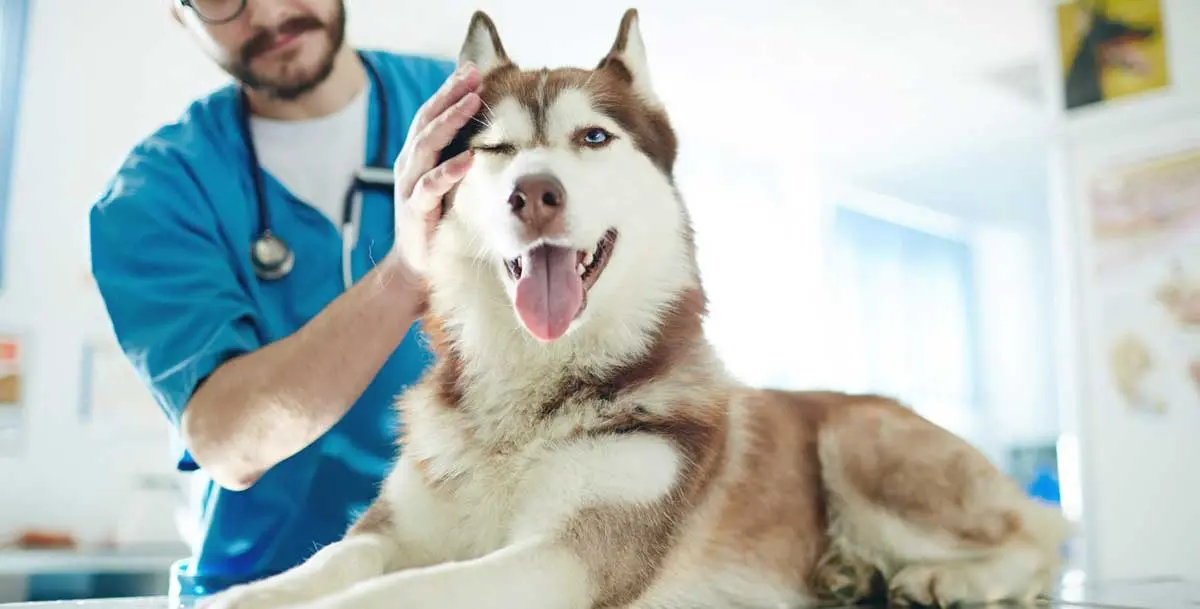
Bone cancer such as osteosarcoma can cause lameness. Tumors generally grow on the long bones of a dog’s legs; keep in mind they can affect any bone. Bone cancer spreads quickly and can affect other areas of the body, especially the lungs, other bones, and the lymph nodes.
Dogs will appear to be in pain and will noticeably limp. The affected leg may also be swollen and warm to the touch. Because most bone cancers spread quickly, they may not be detected until more of the body has been compromised.
If you notice your dog whining when walking or getting up or down off the floor, look for any limping and have your veterinarian do a physical exam. If your dog is a senior, this could just be arthritis setting in but it is always best to be cautious and have them checked.
Pigmented Sores
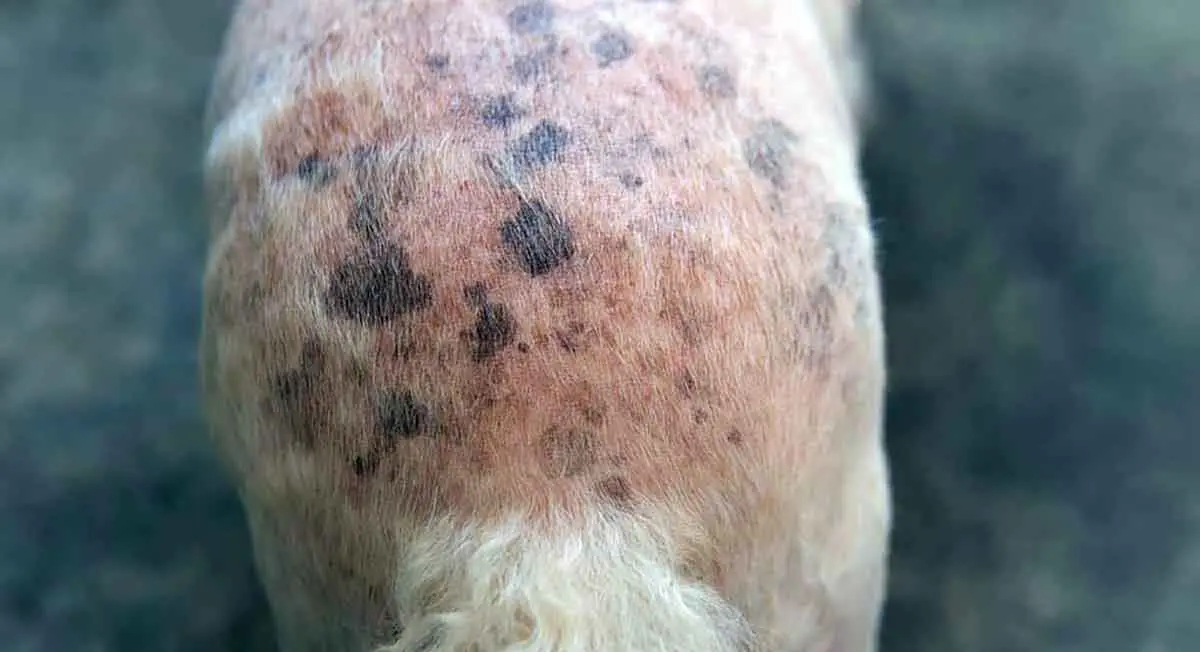
Any changes in your dog’s skin color may be a sign of a skin cancer called melanoma. c is a cancer that affects the pigment-producing skin cells. Look for changes around your dog’s lips and mouth, footpads, eyes, and nail beds.
Dogs that have darkly pigmented mouth tissue, such as the Chow Chow or Chow mixes, do have an increased risk of developing melanoma. Check your dog’s mouth, lips, footpads, and nail beds often for any changes to the pigmentation. Make a note of any changes, and if it becomes very noticeable, make an appointment with your veterinarian.
Swelling in the Lymph Nodes
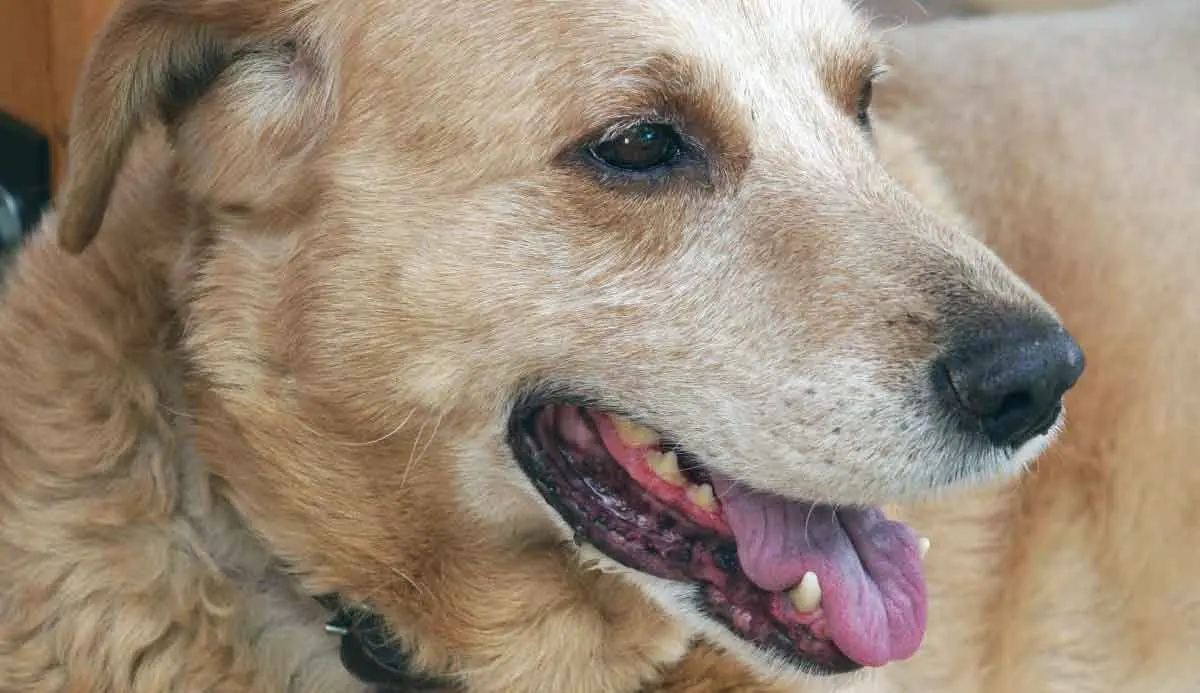
Several cancers in dogs do cause the lymph nodes to swell and be easily felt. Lymphoma is a common cancer that affects the lymphatic system, causing the dog’s immune system to attack itself.
Most lymphoma cases start in the lymph nodes but will spread quickly to the lymphoid tissues in visceral organs, bone marrow, and skin. Golden Retrievers and Boxers are very susceptible to lymphoma, although any breed can develop it.
Other cancers in dogs that can be detected by swollen lymph nodes include osteosarcoma, melanoma, and mammary gland tumors. When you are petting your dog, gently massage their neck area and feel if their lymph nodes are enlarged. If so, a trip to your veterinarian may be needed.
Dental Changes or Nosebleeds
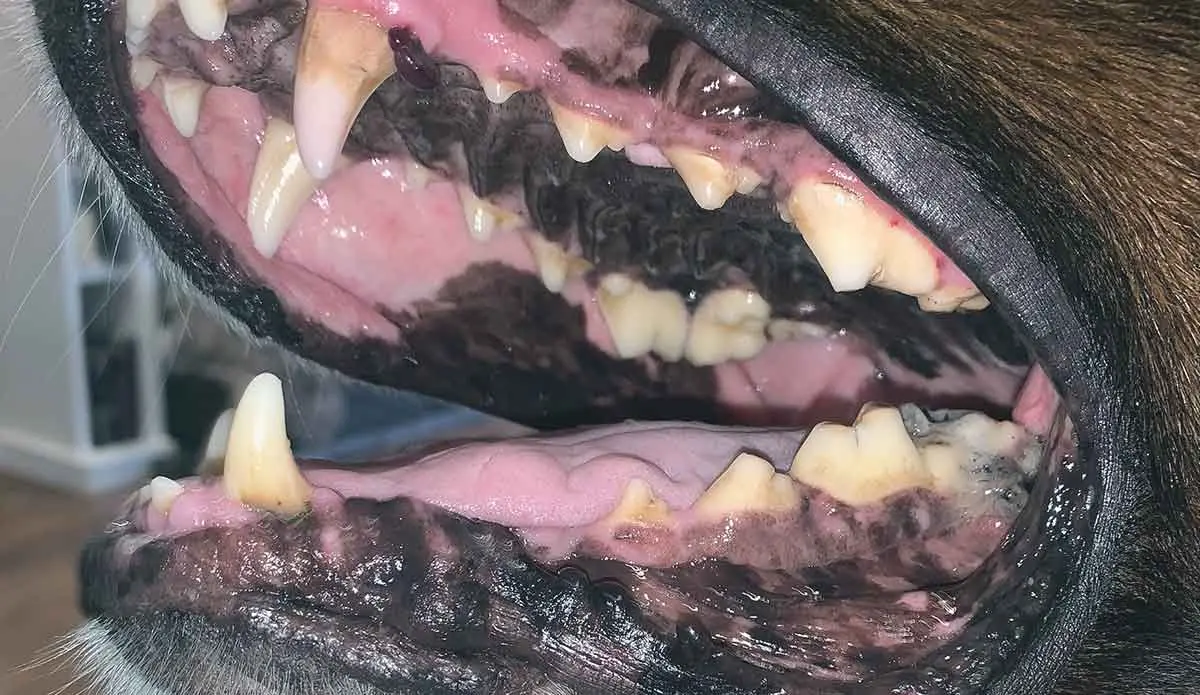
Oral cancers many times go undetected until there are visible tumors in the dog’s mouth. Take a minute and examine your dog’s mouth for any open sores or lumps. Bleeding from the gums or tongue should also be noted, this could be gum disease or a sign of oral cancer.
A change in gum color can also be a sign that something sinister is brewing, especially in older dogs. If you do not regularly check your dog’s mouth start taking the time to look and sniff for anything that might be unusual. Make notes and talk with your veterinarian if you see something in your dog’s mouth that is alarming. Oral cancers are difficult to treat because many times they go undetected for so long.
A dog with a nosebleed is never normal. Older dogs that have chronic nosebleeds need to be seen immediately by a veterinarian. Younger dogs also need to be checked if they have a nosebleed. Do not immediately jump to cancer, there could be a foreign object stuck. Your veterinarian will examine your dog to find the culprit of the nosebleeds.
Wounds That Do Not Heal
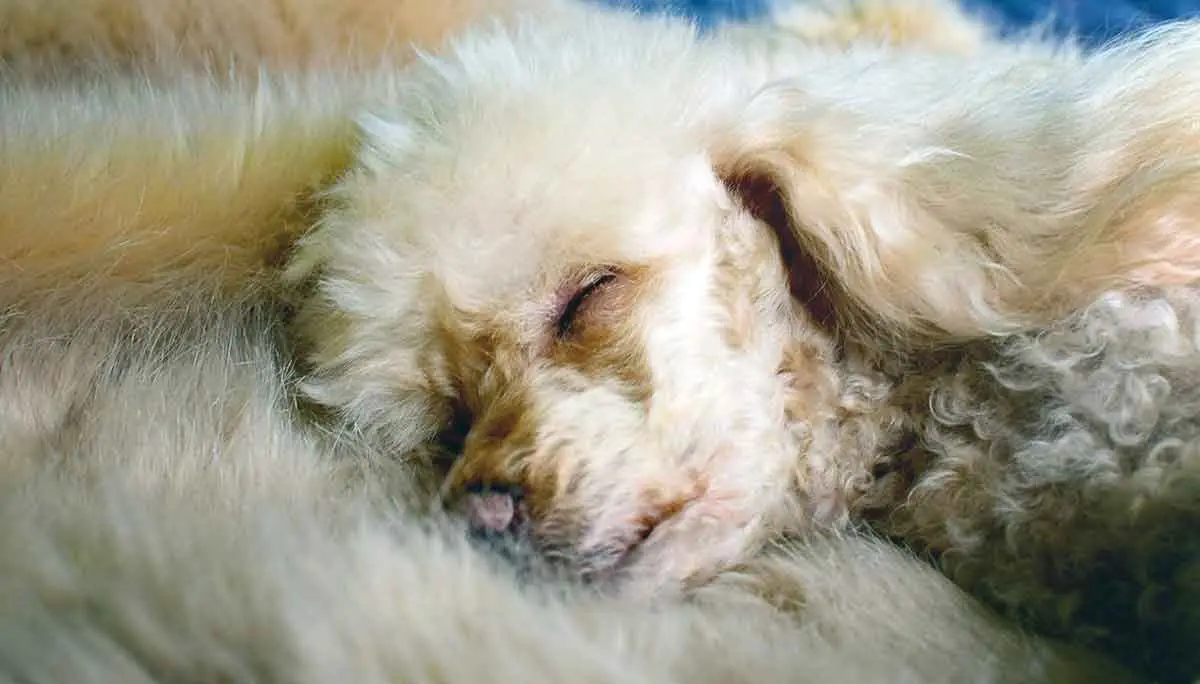
Mast cell tumor, an aggressive form of cancer times presents as a skin lesion that will not heal. This cancer affects mast cells, or immune cells that are involved in inflammatory and allergic reactions. Mast cell tumors are common in Bulldogs, Schnauzers, and Boston Terriers.
If there is a wound that does not seem to be properly healing on your dog, take precise notes and address your concerns with your veterinarian. The wound may not be healing as quickly as you would like, or there could be another underlying condition, such as diabetes, so do not immediately jump to cancer if your dog has a wound that is not healing.
Proper wound care is important to the healing process but if it has been an extended amount of time and the wound is not healing contact your veterinarian. Your veterinarian will be able to run tests and send out pathology reports to verify any diagnosis.
Labored Breathing

Respiratory distress can occur when cancers have spread to the lungs. Hemangiosarcoma, melanoma, mast cell tumor, and osteosarcoma can cause labored breathing and, if metastasized, can cause severe coughing.
If your dog is panting excessively, wheezing, and/or coughing you should closely monitor their condition. These signs of distress can cause alarm and dogs can collapse from lack of oxygen. If you notice your dog is experiencing labored breathing, immediately take them to your veterinarian or an emergency vet clinic for supportive care and diagnosis.
Unexplained Weight Loss or Lack of Appetite

Weight loss when the dog’s eating habits are healthy and have not changed should be alarming. As the metabolic demands of the tumor increase, the nutrients your dog is taking in are being diverted and not used properly. Weight loss from a lack of appetite can mean your dog is in pain or discomfort or they have tumors or open lesions inside their mouth that make eating difficult.
Weight loss can be the side effect of several ailments, including intestinal worms, lack of exercise, or an improper diet. Talk with your veterinarian if you notice your dog is losing weight and work together to determine the cause. Pet insurance comes in handy when you are running diagnostics to determine if your dog has cancer or not.
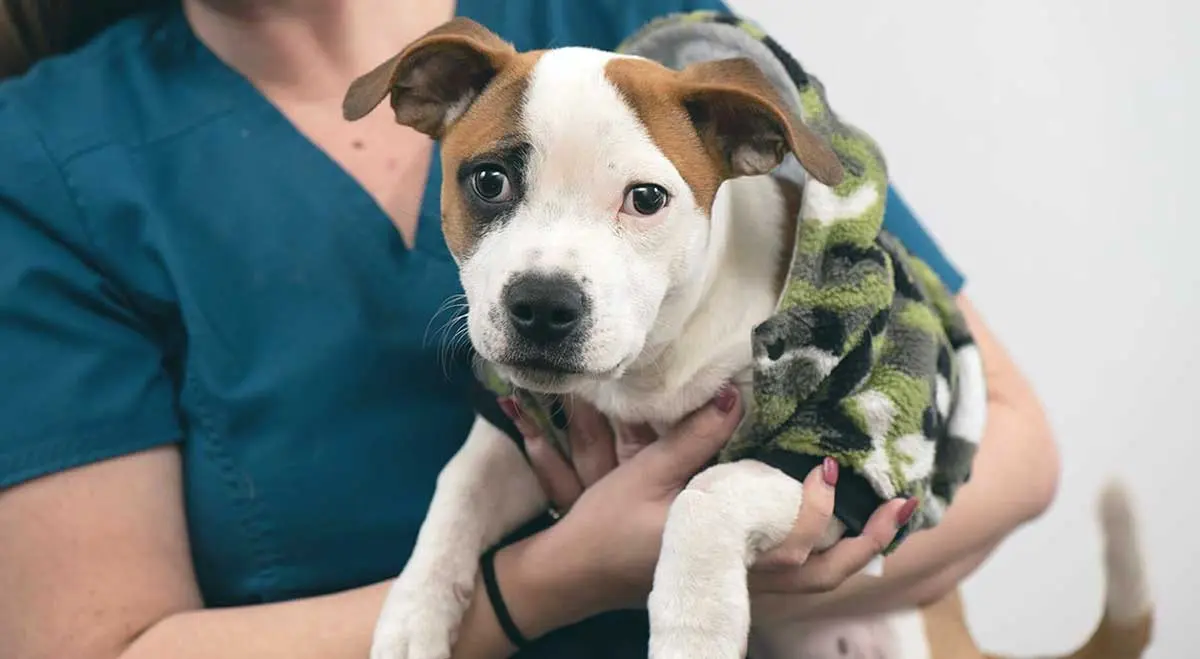
Cancer can be a tricky thing to diagnose in dogs. Be observant and make notes when you notice any changes in your dog’s behavior or any odd or unexplained lesions, bumps, weight loss, or any other oddity. You know your dog best and you will know when something is not quite right. Be their advocate and make sure the proper tests are run to determine if there is a problem or not.
